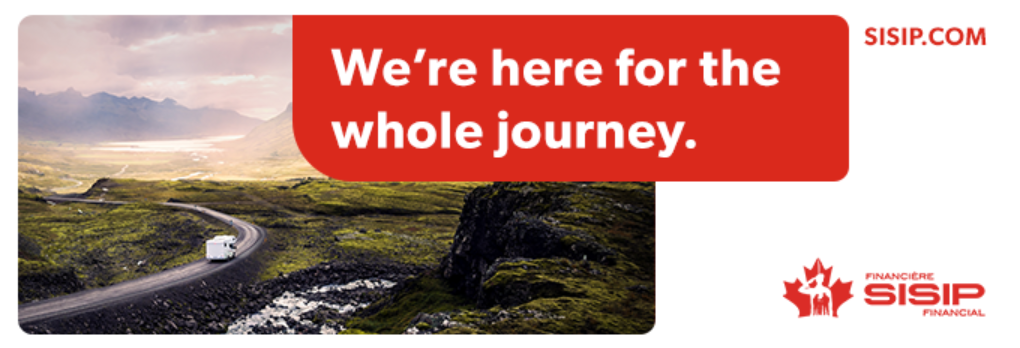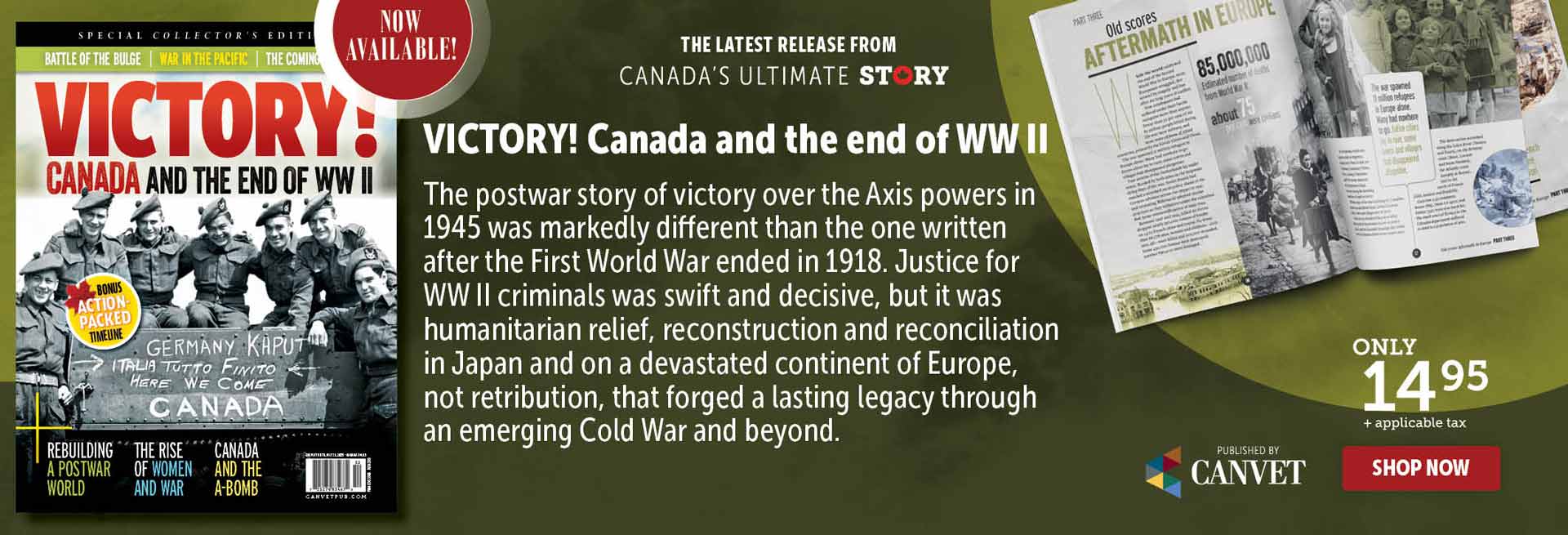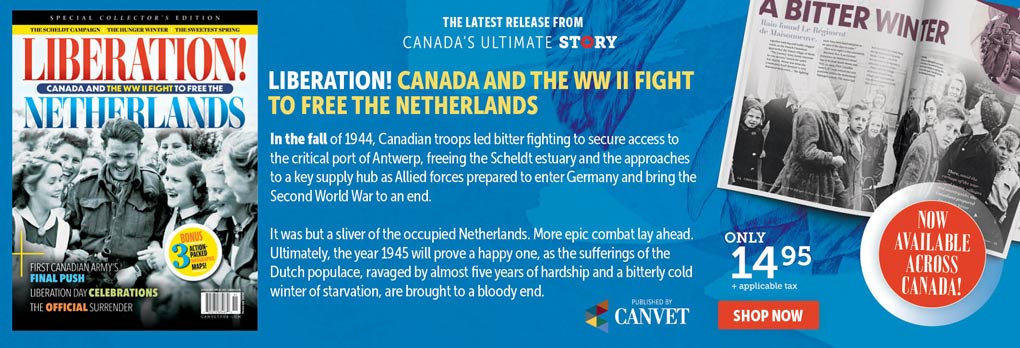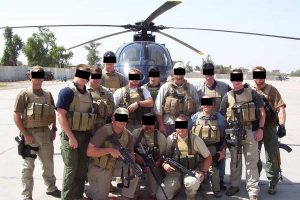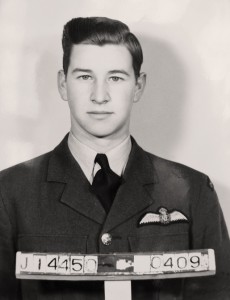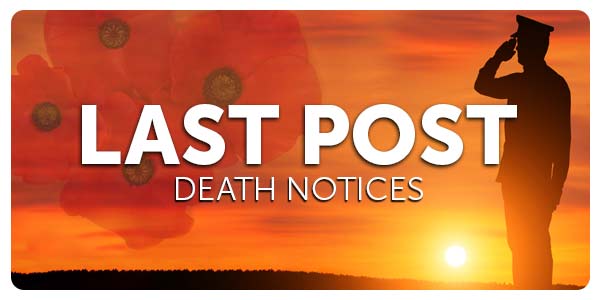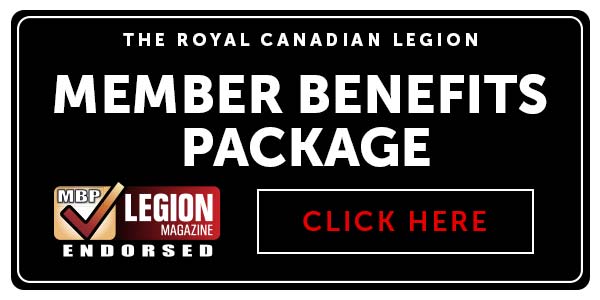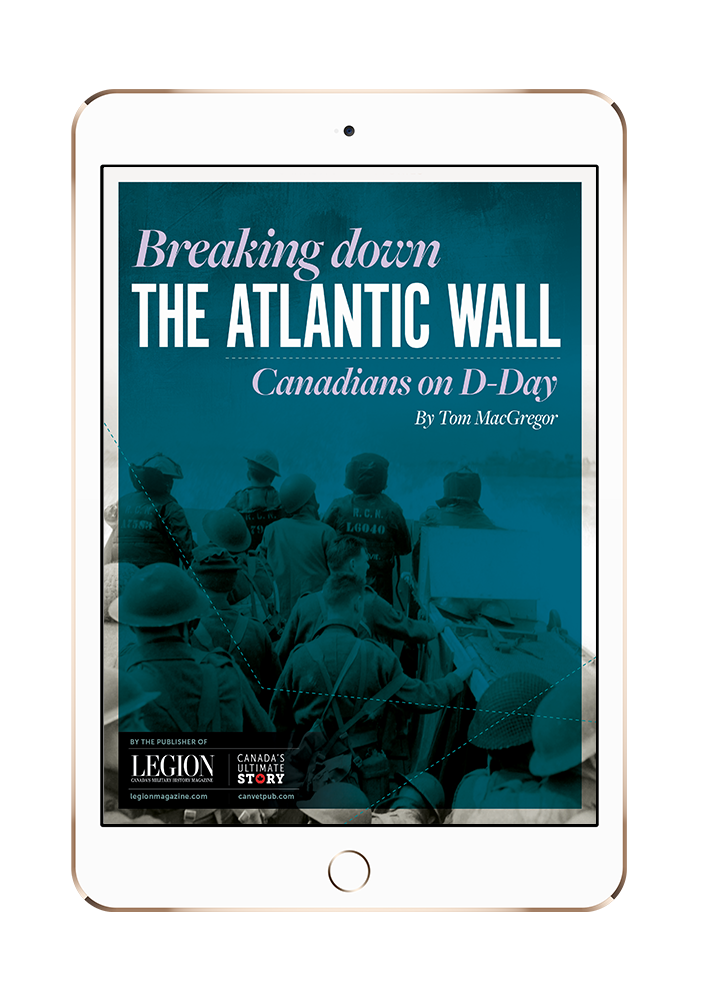
Members of the 3rd Battalion, Princess Patricia’s Canadian Light Infantry Battle Group are deposited on a hillside in Tora Bora, Afghanistan, by an American helicopter in May 2002. [Stephen J. Thorne]
Trump has said he aims to bring economic pressure down on America’s long-time friend, ally and trading partner, and force the country to cede itself to the United States.
“Canada only works as a state,” he said during the initial weeks of a 47th presidency laced with lies, disinformation and mixed messages. “We don’t need anything they have.”
Apparently, they do. Water, hydrocarbons and rare earth minerals are among the Canadian resources Trump has said Americans covet.
The president has voiced similar threats against Panama and Denmark-owned Greenland—citing the potential for military action to achieve his goals in both. He has not, however, clearly addressed the prospect of invading Canada outright in his ramblings.
Should the U.S. resort to military action, bringing what are purportedly the world’s mightiest armed forces to bear on Canada and its beleaguered defences would no doubt be quick work.
But Aisha Ahmad, an associate professor of political science at the University of Toronto, says a conventional military victory is “not the end of this story. It’s just the beginning.”
Ahmad, who has studied insurgencies for more than two decades, says in a column for The Conversation that if the U.S. were “reckless” enough to invade its northern neighbour, violent repression of the Canadian population would spawn a decades-long resistance that would ultimately destroy the United States.
“It’s impossible to annex Canada without violence,” said Ahmad, who has advised the Pentagon on counter-insurgency strategies. “No one is born an insurgent or resistance fighter. This is something that happens to people when their mom is killed, or when their kids are unable to get to a hospital.
“People fight back because they have to.”
“The research on guerrilla wars clearly shows that weaker parties can use unconventional methods to cripple a more powerful enemy over many years.”
— Aisha Ahmad, associate professor of political science at the University of Toronto
The belief that Canada would be an easy mark is a sorely mistaken one, she wrote. Could Canadians overcome a U.S. invasion? Absolutely, says Ahmad.
“I know this because I have studied insurgencies around the world for more than two decades, and I have spent time with ordinary people who have fought against powerful invading armies,” she writes for the continuing series of online think pieces by academic experts and researchers. The Conversation is distributed by a network of not-for-profit media outlets.
“The research on guerrilla wars clearly shows that weaker parties can use unconventional methods to cripple a more powerful enemy over many years,” Ahman explains. “This approach treats waging war as a secret, part-time job that an ordinary person can do.
“Guerrillas use ambushes, raids and surprise attacks to slowly bleed an invading army, and local communities support these fighters by giving them safe havens and material support. These supporting citizens can also engage in forms of ‘everyday resistance,’ using millions of passive-aggressive episodes of sabotage to frustrate and drain the enemy.”
Americans know this well. They lost wars in Vietnam and Afghanistan to these very methods. Ukrainians have held out for three years against an invasion by a much larger and better-equipped Russian military, inflicting major losses on Moscow’s forces and turning what was expected to be a quick victory into a nightmare for Russian President Valdimir Putin.
“Trump is delusional if he believes that 40 million Canadians will passively accept conquest without resistance,” writes Ahmad. “There is no political party or leader willing to relinquish Canadian sovereignty over ‘economic coercion,’ and so if the U.S. wanted to annex Canada, it would have to invade.”
An “unstoppable cycle of violence” would follow, no matter what form a defeat would take, she adds.
“A teenager might throw a rock at invading soldiers. That kid would get shot, and then there would be more rocks, and more gunfire. An insurgency would be inevitable.”
Canadians may see themselves as friendly, affable people, she notes, but that self-image only exists because the country has been at peace.
“War changes people very quickly, and Canadians are no more innately peaceful than any other human beings. When your child is dying in your arms, you become capable of violence. Once you lose what you love, resistance becomes as natural as breathing.”

Aisha Ahmad is a multiple award-winning international security scholar specializing in international interventions, insurgencies, and complex civil wars. She is an associate professor in the department of political science at the University of Toronto.
[University of Toronto]
The Russians and Chinese would no doubt delight in the prospect of the United States trapped by an insurgency on its own continent.
Insurgents would unleash physical devastation on U.S. targets.
“Even if one per cent of all resisting Canadians engaged in armed insurrection, that would constitute a 400,000-person insurgency, nearly 10 times the size of the Taliban at the start of the Afghan war,” says Ahmad. “If a fraction of that number engaged in violent attacks, it would set fire to the entire continent.”
Canada’s geography would be to an insurgency’s advantage, its dense forests, rugged mountains and northern terrain—not to mention harsh winter climate—advantages to those who know them. Canadian military loyalists could deploy civilian recruits into decentralized fighting units that could strike, retreat into the wilderness, and blend back into the local communities that support them.
“The Canada-U.S. border is also easy to cross, which would give insurgents access to American critical infrastructure. It costs tens of billions of dollars to build an energy pipeline, and only a few thousand to blow one up.”
Attempts to crush the rebellion with missiles and drone strikes would fail.
“It is a well-known booby trap of insurgent warfare. The harder more powerful nations strike, the larger and more fragmented the insurgency becomes, making it impossible to achieve either a military victory or negotiated agreement. Canada’s rugged terrain would protect insurgents from those types of attacks, while global outrage at the bombings would only boost support for the rebellion.”
Furthermore, Ahmad says an invasion of Canada would create an “unsolvable security problem on their own soil.”
The Russians and Chinese would no doubt delight in the prospect of the United States trapped by an insurgency on its own continent. Ahmad says counter-insurgency operations are exponentially more expensive than the cost of a few arms shipments, and financing one is an effective way to ensnare and bankrupt a rival power.
“A chronic violent insurrection in North America could financially and militarily pin down the U.S. for decades, ultimately triggering economic and political collapse. Russia and China, meantime, would enjoy an uncontested rise to power.”
Trump “wants to break us so America can own us. It will never, ever happen.”
—Prime Minister Mark Carney
A new poll from The Associated Press-NORC Center for Public Affairs Research suggests Americans are less likely to see Canada and the U.S. as close allies now than they were two years ago.
Although most said they still consider the countries’ relationship as at least “friendly,” less than half of American adults surveyed said they now consider the U.S. to be “close allies” with its northern neighbour, down from about six in 10 in a similar poll conducted in September 2023.
The U.S. shift in viewpoint comes primarily from Democrats, though Republicans were less likely to see Canada as America’s ally now, too. About half the Democrats surveyed saw Canada and the U.S. as close allies, down from seven in 10 before Trump returned to office. The number of Republicans who saw the two countries as close allies dropped to 44 per cent from 55.
In a move opposed by even some in his own party, Trump slapped 25 per cent tariffs on auto, steel and aluminum imports, with more tariffs added April 2.
The auto tariffs alone threatened to devastate the highly integrated, multibillion-dollar Canadian auto industry, not to mention consumers, adding an estimated US$3,000-$12,000 to vehicle costs. Ottawa responded with reciprocal tariffs.
More than a million cars and light trucks are manufactured in Canada for export to the United States. Prime Minister Mark Carney responded immediately by announcing a $2-billion “strategic response fund” to aid the country’s auto industry.
With European nations rallying to Canada’s support, Carney said March 27 that an era that had lasted generations had ended, declaring that Trump “wants to break us so America can own us. It will never, ever happen.”
“The old relationship we had with the United States based on deepening integration of our economies and tight security and military co-operation is over,” Carney said in what has been described as one of the country’s most pivotal moments since the Second World War.
“What exactly the United States does next is unclear but what is clear—what is clear—is that we as Canadians have agency. We have power. We are masters in our own home. We can control our destiny. We can give ourselves much more than any foreign government including the United States can ever take away.”
“It felt less like a press conference and more like Churchill with better lighting.”
—unnamed source
Carney sounded like a wartime leader, describing the auto tariffs as a “direct attack” on Canada and calling on Canadians to summon the strength and resources to meet what lies head with commitment and fortitude.
“We can deal with this crisis best by building our strength right here at home,” he said. “It will take hard work. It will take steady and focused determination from governments, from businesses, from labour, from Canadians.
“We will need to dramatically reduce our reliance on the United States. We will need to pivot our trade relationships elsewhere. And we will need to do things previously thought impossible at speeds we haven’t seen in generations.”
Said one observer: “It felt less like a press conference and more like Churchill with better lighting.”
At Trump’s request, the two leaders spoke the next day. Carney had said soon after his March 9 election as Liberal leader that he wouldn’t speak to the president until he started showing Canada and its sovereignty the respect they deserve.
In their March 28 exchange, Trump’s references to Canada as the “51st state” melted away. He referred to the newly minted Liberal leader as “Prime Minister Mark Carney, of Canada” after repeatedly calling his predecessor “Governor Trudeau.”
“It was an extremely productive call,” Trump said in a post on his Truth Social networking platform, “we agree on many things, and will be meeting immediately after Canada’s upcoming election to work on elements of Politics, Business, and all other factors, that will end up being great for both the United States of America and Canada.”
Carney was cautiously optimistic, saying Trump respected Canada’s sovereignty throughout the conversation, which he described as “cordial” and “positive.” He said he would work hard to earn the right to represent Canada in those talks.
A subsequent release from the White House said discussions involving Canadian International Trade Minister Dominic LeBlanc and U.S. Commerce Secretary Howard Lutnick would “intensify to address immediate concerns.”
It was a light in dark times, a beacon of hope in the face of Ahmad’s potential alternative: the destruction of both Canada and the United States.
Said the professor: “No one in their right mind would choose this gruesome future over a peaceful and mutually beneficial alliance with a friendly neighbour. Nevertheless, if Trump is reckless enough to think the violent annexation of Canada is an achievable goal, then let it be known that all these horrifying outcomes were predictable well in advance, and that he was forewarned.”
Advertisement





